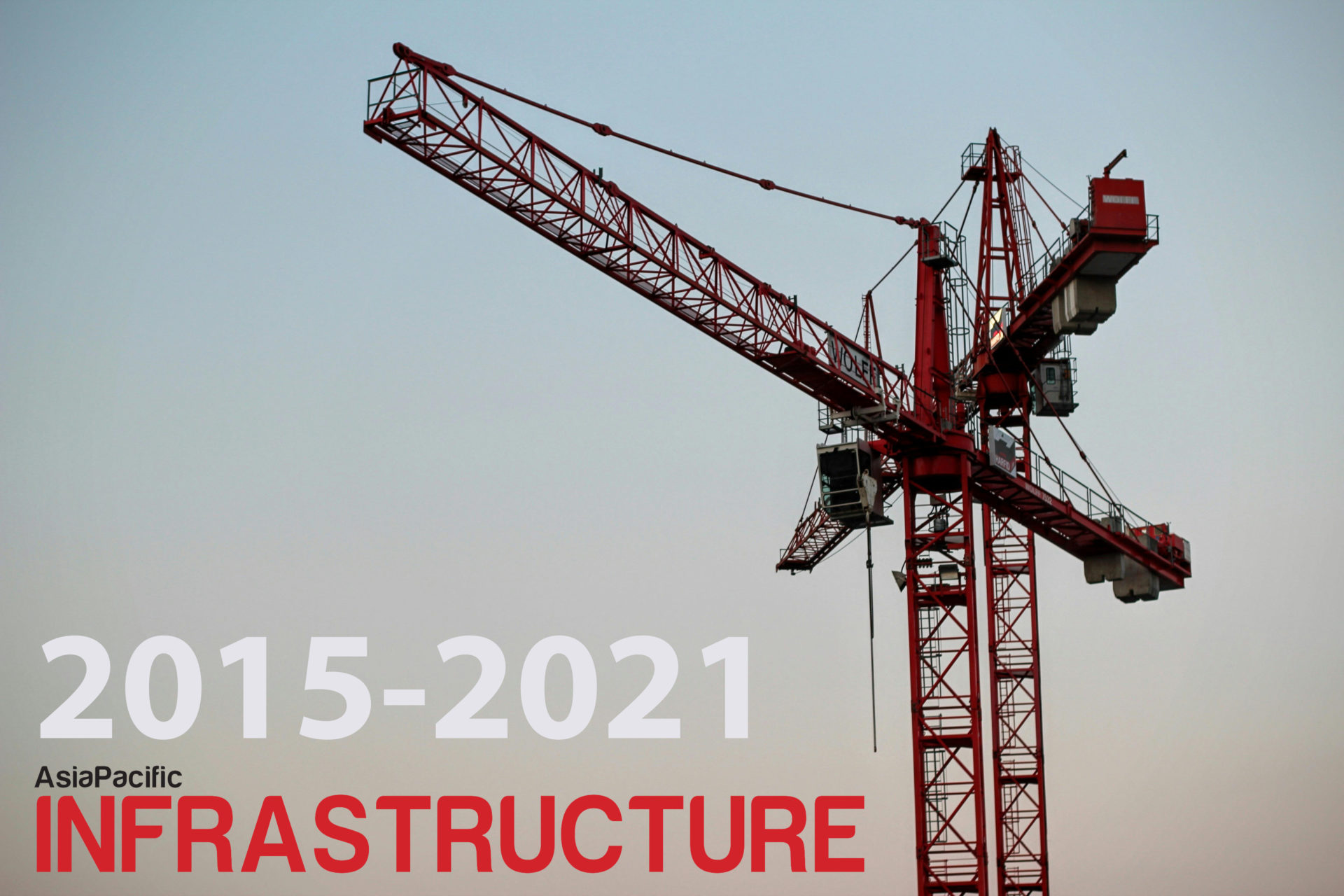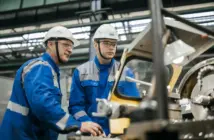Infrastructure bids and tenders are always competitive with national and international construction companies competing for a piece of the pie

Compiling a bid submission with the necessary information, supported by documentation and exhibits which are demonstrative of the expertise and capability of the tendering party for a large infrastructure project requires:-
- Consideration to be given as to whether the tender is suitable and profitable for the company.
- If suitable, further consideration as to what is required to prepare for the tender offered, in particular, available documentation and/or exhibits.
- Available organic resources who have the specialized experience and also who are industry respected as being capable of completing the offer for tender successfully.
- Available financial resources or access to finance to facilitate the completion of the contract.
- A great deal of thought and mental consideration in planning the structure of the bid submission.
 With the above in mind, we explore some of the strategies construction and infrastructure companies are employing in order to win contracts and secure their work pipeline, and what you are required to do.
Win Themes
 Three or four well thought out win themes are critical in any tender response. Traditionally, these win themes or key points of difference were put forward in the executive summary as well as in one component of the response where the benefits and unique points of difference were articulated.Â
Companies have now evolved in their approach. You need to take the time to integrate your proposed win themes through your bid.
 For example, let us assume one of your win themes is a commitment to excellence on the project. i.e. if your company is committed to excellence and is putting forward a proposal that will ensure you deliver excellence across every aspect of the project, you need reiterate this commitment to excellent across each component of your bid. From safety, to quality, previous experience and your proposed team, this commitment needs to be deliberately reinforced and interwoven throughout your content.Â
Another potential win theme may be around safety. There may be some innovative safety techniques you will employ on the site, to compliment your best practice approach to safety management. Again, this win theme can be integrated throughout different aspects of your response.
 For example, when detailing previous experience and case studies, you can detail how you achieved a perfect safety record on the site. In addition, in your methodology statement, your innovative safety practices can be incorporated to demonstrate not only how you will deliver the project, but how your safety methodologies will help save time on the project, fast track different aspects of the project and will be incorporated in your overall approach and methodology.Â
Graphics and InfographicsÂ
The effect of graphics and infographics have not only greatly improved in quality but are now an accepted and expected method of delivering an accurate message. Graphics need to convey meaning, they need to educate and inform the reader. Working, site images give a better representation of your capabilities than standard generic images. It is important that you build up a quality library of site graphics from your previous projects with detailed captions describing the image.
In addition to images, infographics are now considered the norm and need to be used effectively. Infographics are useful for conveying solutions to complex problems in a simplified and effective manner. When developing infographics for infrastructure bids, you need to take the time to ensure they are clear and concise. You should:
- Use infographics to compliment what you have written as opposed to repeating it. You need to have faith that the reader will read your graphic and understand what you wish to convey. A graphic that summarizes what you have written in the content generally does not add any additional value.Â
- Incorporate different aspects of your bid into the infographic. The infographics needs to be engaging and you can put forward messages that span across different aspects of your bid such as safety, innovation and equipment.
Innovation
The concept of innovation is often used and incorporated into major infrastructure tenders. When putting forward an innovative solution or concept, it is important to clearly explain the benefit of the proposed innovative solution and what value it will deliver.Â
For example, let us assume that you are using an innovative piece of equipment that will dramatically decrease the proposed project time and improve on-site safety. This may be a world first in terms of the use of this technology and equipment for the proposed type of project.Â
This innovation is best communicated by:
- Providing a summary of the piece of equipment and its’ capabilities and technical specifications.
- Talking about how the piece of equipment will be used and stating that it is the first time the equipment has been used in this manner.Â
- Discussing and detailing how the use of the equipment will decrease the total project time and explain how the use of the equipment has impacted the proposed methodology.Â
- Talk about the safety implications of using the equipment – including if the innovative use of the equipment drives a decrease in the need for manual labour for dangerous works.Â
- Quantifying the savings if possible.Â
Local participation planning
Local participation plans are becoming critical for major projects, particularly government projects. The old days of writing generic commitments to employ locals are over. Construction and infrastructure need to put forward a clear plan for employing locals on the project and ensuring downstream economic benefits flow through to the local and regional community. This can be achieved through:
- Including facts and figures about how many local jobs will be created by the project.
- Outline which of your proposed sub-contractors are based locally.Â
- Include personal stories about the potential benefits for local workers. This may include information on a young worker who may potentially gain an apprenticeship through your company should you be awarded the bid.Â
- Go into detail on where the employment opportunities will arise. Talk about different demographics that may benefit. For example, will you be working with specialist indigenous or disability recruitment providers to hire personnel? If so, what positions do you see coming available that may be suited to workers with different disabilities?
- Provide context on the local region and demonstrate that you have researched the local demographic and workforce context. Will the project take place in an area which has undergone an economic downturn over the past fifteen years? Is one of the objectives of the project to drive employment and economic growth in the local area? All these points need to be considered and your local participation plan needs to demonstrate you have thought this through and incorporated the general context into your plans.
- Providing evidence. In addition to providing real facts and figures in terms of job creation which you can be held accountable for, it is equally important to provide evidence in your response that supports your local participation. This may include, proposed position descriptions, agreements with local newspapers for advertising space, letters from local and specialized recruiters confirming engagement and the pre-shortlisting of potential candidates and proof of discussions with local community groups.
The above are just some of the bid and proposal writing strategies companies are employing to secure contracts. Allocating the appropriate resources is critical to producing a compelling and persuasive bid as is a strong bid/no bid process.
 It is better to do a good job of three tenders or bids, rather than a half-decent job of six bids. Be mindful that infrastructure and construction companies can generally be certain that their industry peers will be putting forward quality bids for proposals for every project they are pitching.Â
Jason Cooney, Director Tsaks Consulting




